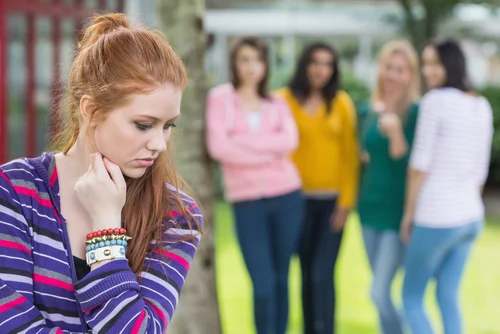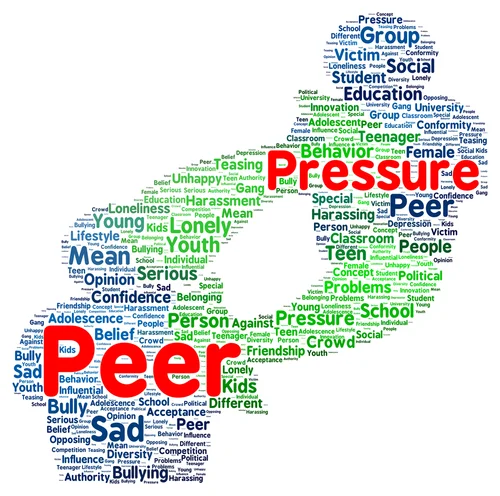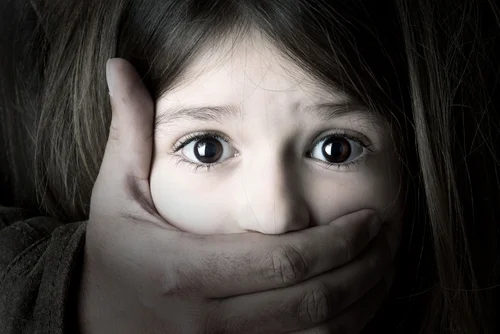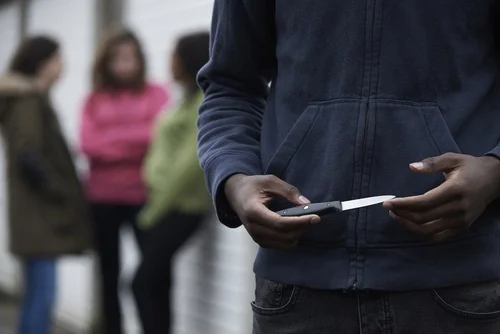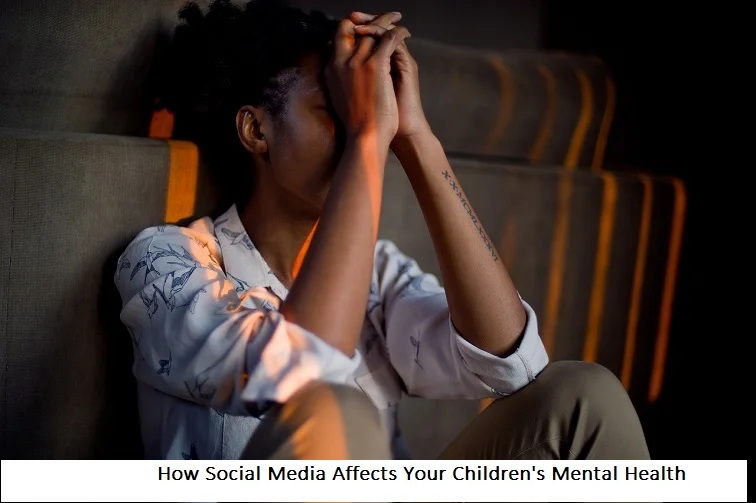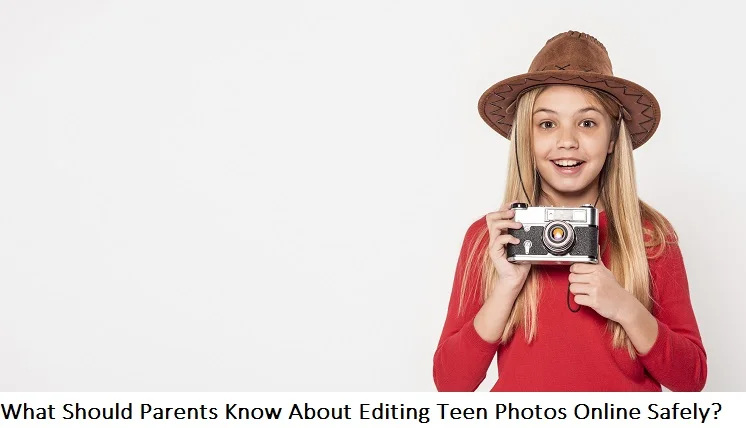+1 845 259 2974 (11 a.m to 7 p.m CST)
Friendships and Peer Pressure Drives Sexting Behavior in Teens

A research by psychologists suggests that friends and romantic interests, both of which belong to the peer group, are the two main sources of social pressure that eclipses a teen’s attitude. A quarter of American adolescents report to have sexted at least once during the past couple of months. Girls feel particularity more pressured to send sexually explicit text messages via cell phones. Psychologist Dr Michel Walrave and graduate students Wannes Heirman and Lara Hallam discovered that young people chose to sext based on the influence and pressure from a romantic partner or friends. Investigators concluded that peer pressure was one of the biggest motivations for teens to sext.
Researchers describe sexting as the sharing of sexually explicit text messages or naked or semi-naked self-pictures via cell phones. In a survey comprising of 498 teens of various ages between 15 and 18 years, 26% of them said that they had sexted at least once in the past two months. The three psychologists evaluated the responses of the surveyed teens and discovered that an individual’s behavior is directly determined by his/her intention to perform that behavior. Teens involved in the survey said that the reason they sext is to get attention, to avoid catching STDs or to find a romantic partner.
What motivates teens to sext?
The research also points out that an adolescent’s motivation to sext does not come from his or her own subjective evaluation and attitude. It is the social pressures from peers that drive them towards sexting. Even in the peer group, close friends and romantic partners are the only significant influences on teens that motivate them to sext.
Moreover, the investigators concluded that girls have a more negative attitude towards sexting than boys and also face more negative social pressure to sext than boys.
What does and does not influence teen sexting habits?
The researchers posit that it is the friends and significant others that outweigh the teen’s personal attitude towards sexting. Out of the 498 respondents, very few were worried about receiving a bad reputation or being blackmailed when they sexted. Teens that had a staunch behavioral belief that sexting would generate a positive response from friends and romantic interests were more motivated to participate in this activity.
According to the survey, negative social pressures from teachers and parents did little to influence teens’ sexting habits. Neither did the fear that parents would monitor their mobile phones.
A complete trust in the recipient was a key motivational force for teens to sext. Adolescents were less inclined to sext if they did not trust the recipient.
Policymakers, educators and parents to the rescue
The researchers also present more specific ideas to policymakers and educators in order to reduce the intensity of the link between social pressures and sexting. The topic of sexting can be included in the syllabus of sexual education in classes to raise awareness about the acceptability of the activity. The relationship between peer pressure and bullying that leads to teens sexting can also be brought to the forefront by educators by encouraging teens to engage in discussions. Parents can teach adolescents how to cope with social pressures. They must also understand that their own personal preference, attitude and choices are more important than social outcomes and responses.











